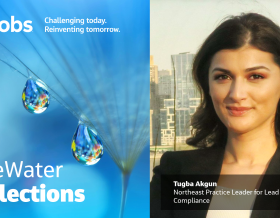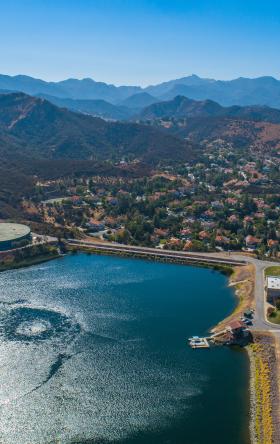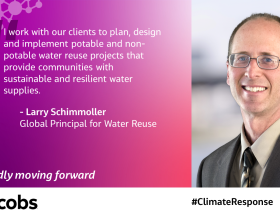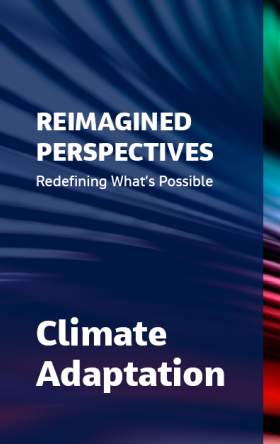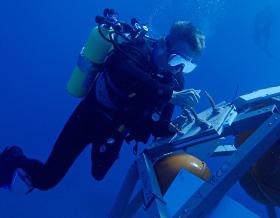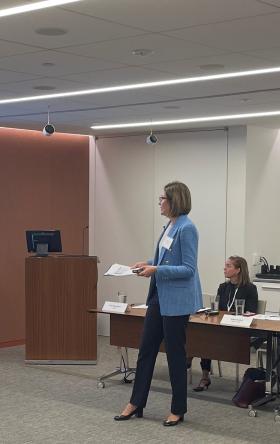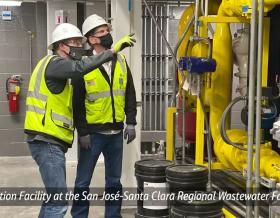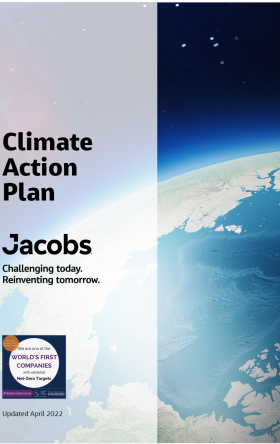
Organizational transformation has become essential across industries, especially as technology reshapes operations. In the water sector, this shift is even more urgent. Utilities are grappling with aging infrastructure, rising demand and environmental pressures that require a more strategic, long-term response.
Aging assets are among the most pressing issues. In the U.K., for example, nearly 20% of water is lost to leaks, according to Ofwat. Urbanization is expected to increase water demand in cities by 80% over the next 30 years, creating an annual shortfall of 1.3 to 6.7 billion cubic meters and affecting up to 673 million people worldwide.
In addition to infrastructure issues and asset management requirements, water utilities must navigate evolving regulations, climate change, new technologies and increased public scrutiny, particularly around environmental impacts like sewage pollution and spills.
To meet these challenges, water utilities must shift from short-term, project-based efforts to a longer-term programmatic approach focused on outcomes with integrated teams and data-driven asset management.
Here are three key strategies to drive successful organizational change in the sector:
1. Shift from a five-year focus to long-term strategic planning
While five-year AMP cycles remain, the sector must use each cycle to build a foundation for future ones. The most significant change will focus on using the first cycle to set the foundations for AMP 9, 10 and beyond. Currently, most of the industry tends to focus on the current AMP cycle.
This shift requires operational change and a mindset reset. Water sector leaders must move from an output focus to an outcome mindset. Rather than simply building a storage tank, the goal should be delivering safe, clean water that benefits communities and the environment.
Utilities must also evolve into learning organizations, applying lessons from each AMP cycle to future strategies. This approach promotes innovation and ensures shared insights across teams and portfolios.
2. Maximize capital investment with integrated teams
As capital investment grows, so does the responsibility to deliver returns—not just financial, but social and environmental. This involves building smarter, more collaborative relationships across the supply chain.
Utilities should structure contracts to reflect broader business goals and reward performance and innovation. Project 13 principles can support long-term relationships with incentives that encourage collaboration and efficiency and lead to greater performance outcomes at a strategic and programmatic level.
Examples of success include the United Utilities Enterprise, Northumbrian Water Group’s Living Water Enterprise and Anglian Water’s @one Alliance and Strategic Pipeline Alliance. These examples show how integrated delivery teams can break down silos, share best practices and build trust across stakeholders. Integrating the right people into your client’s business structure and throughout the supply chain is key to making this work.
A key lesson learned from organizational transformations in the water sector in the past 15 years is that there is a balancing act for consultants and delivery partners. Consultants and delivery teams must embed deeply within utilities without losing their ability to influence, innovate and challenge when needed. Knowing when to lead, support or upskill is critical.
3. Evolve from reactive to proactive owner-operator models
Most utilities operate reactively, focusing on daily issues rather than long-term strategy. Organizational transformation helps change that by establishing a clear vision and a roadmap to get there.
It’s a 15- to 20-year journey, where external experts support internal capability-building while improving day-to-day operations. This empowers utilities to take greater ownership and make data-driven, proactive decisions. The United Utilities Enterprise and the NWG Living Water Enterprise are leading the way in this, building trust-based relationships with strategic advisors. Jacobs is a technical partner in these models. It empowers our clients to be more strategic and more innovative.
This is not something that can be done in a few years. This trust—often built over decades—enables meaningful, lasting change. Many of the people I work with on our water sector projects have been part of these long journeys—that shared history and trust are invaluable.
When I worked for National Highways, we transitioned from being a client organization that relied on contractors for asset management to looking after all our assets. The same will happen in the water sector as many utilities slowly take more ownership of pipelines and the network. This will take time to transfer knowledge as the supply chain retains most of the understanding of the assets. In the long term, it will help utilities have better asset control and operational data and break down some of the silos. In short, it will help them make better decisions and become more resilient.
Working together for long-term impact
The water sector stands at a crossroads. Rising complexity demands a shift from reactive operations and short-term fixes to proactive, integrated and long-term transformation.
Success depends on deep collaboration, shared goals and building trusted relationships across all levels of delivery. The future of water utilities will be defined by those who embrace strategic change today.
About the author

Jenny Wright is an evolution director with two decades of experience driving strategic transformation programs. She specializes in organizational change, capability development and behavioral transformation. With a background in international hockey, Jenny brings a unique perspective to building high-performing, mission-driven teams.











